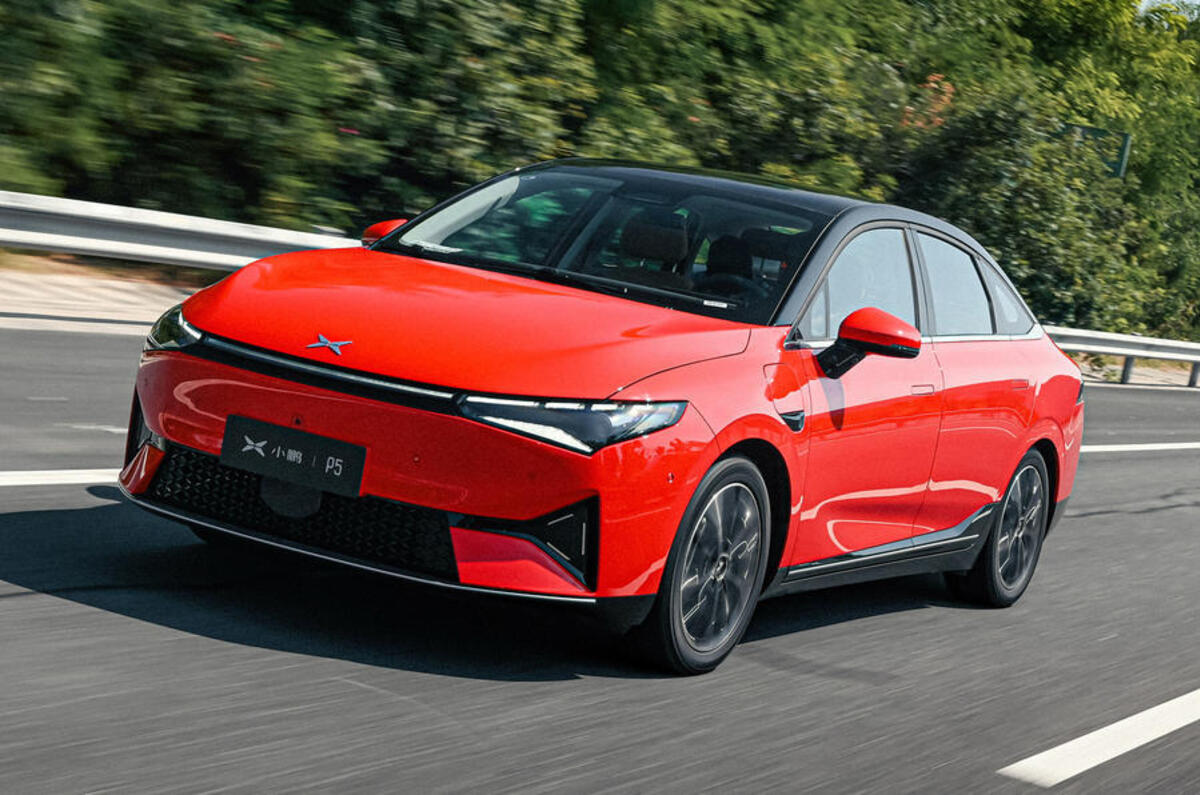Chinese manufacturer Xpeng is looking to significantly reduce the amount of hardware it needs to offer semi-autonomous technology in a shift that follows rival Tesla but runs counter to much of the rest of the industry.
“We can see a clear trend in the future for needing less and less components for autonomous driving,” Meng Wu, product planning director for Xpeng, said on a call with journalists.




Add your comment